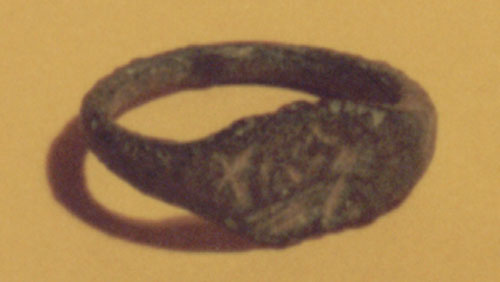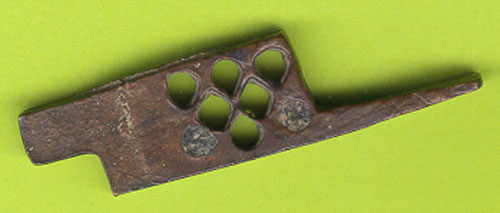


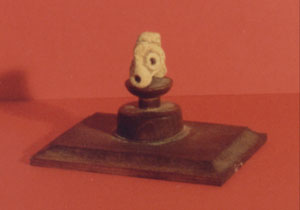
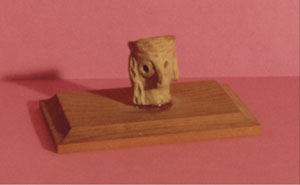
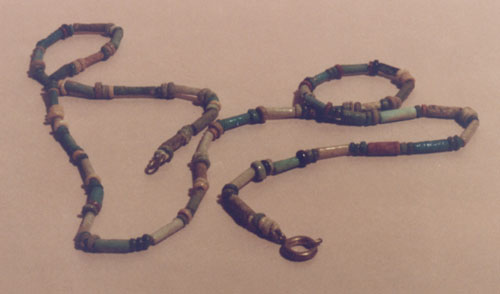

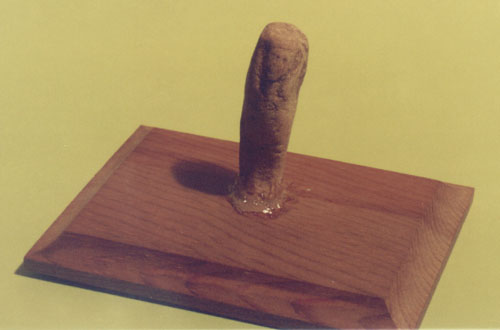
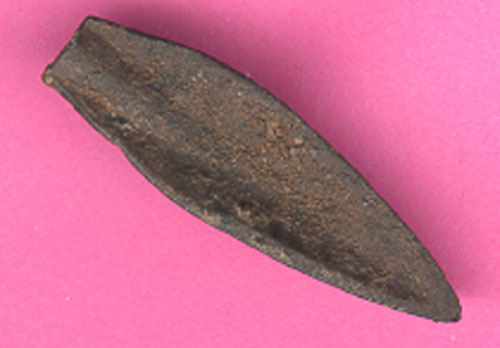
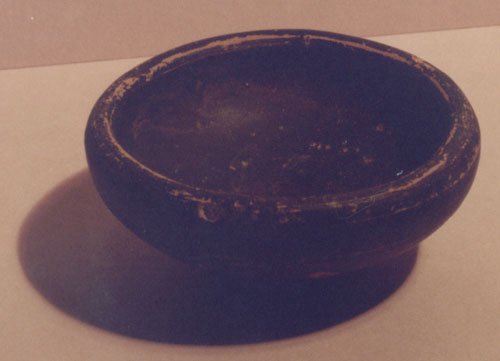
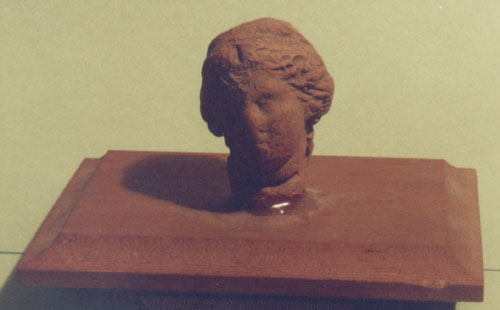
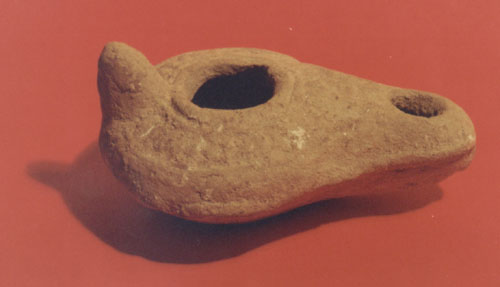
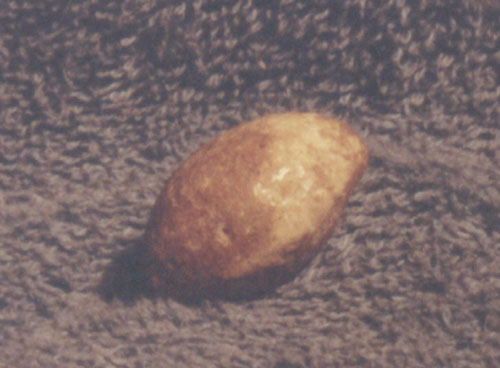
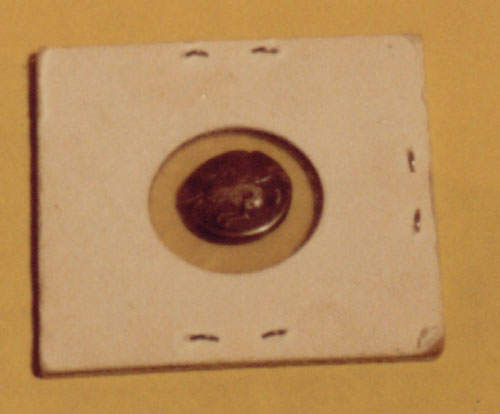
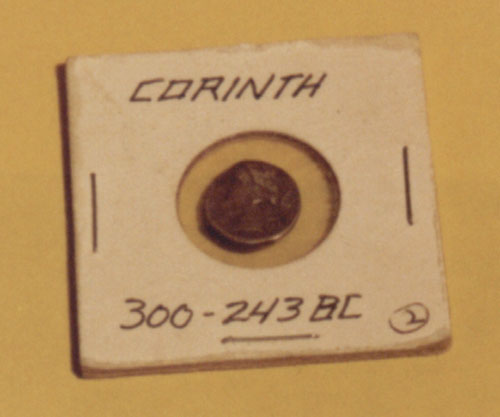
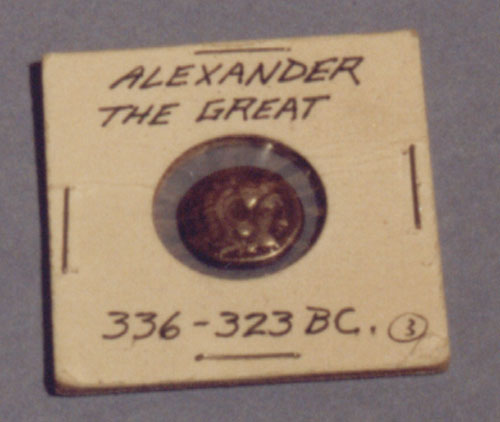
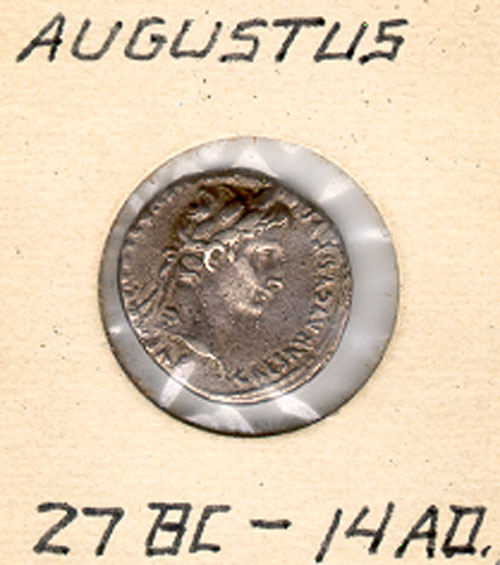
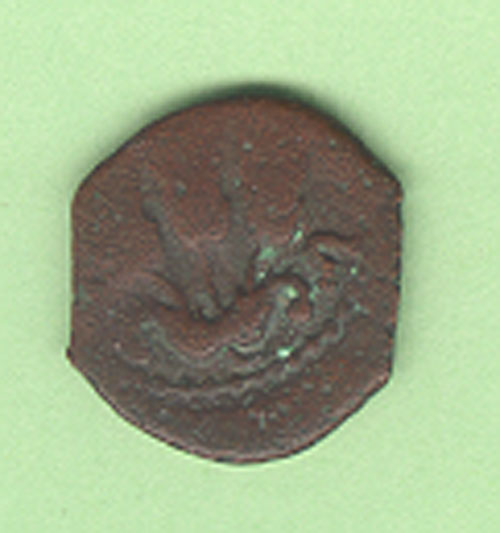
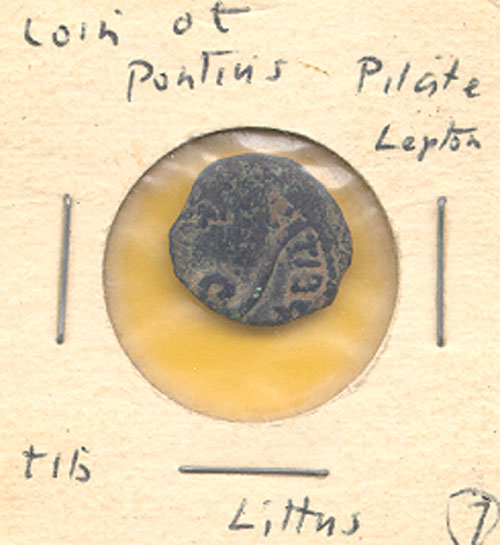
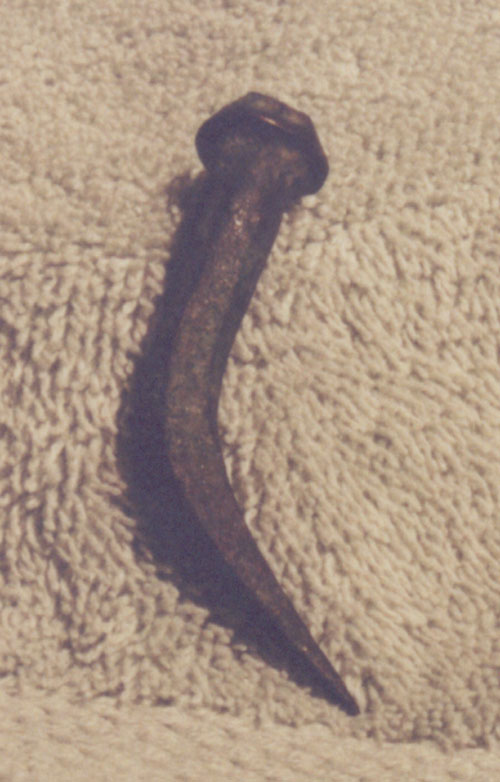

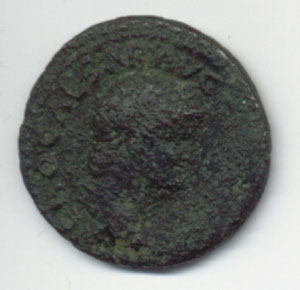
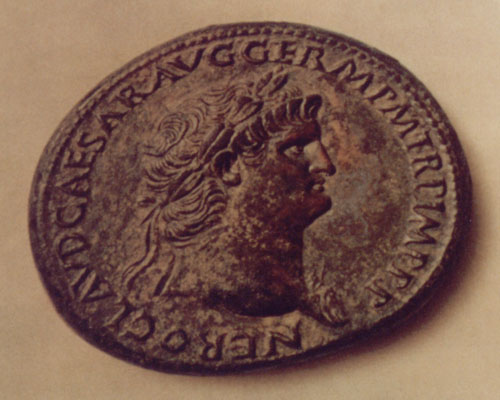
| Nero | Nero's full name was: Nero Claudius Caesar Drusus Germanicus. |
| Claudius | name |
| Caesar | name. But also a title. Emperors inherited the name of the famous Julius Caesar. The original Caesar's name is so politically powerful, that it has also been used as a title by modern kings. Tzar -- is Caesar in Russian. Kaiser -- is Caesar in German. |
| Aug | Augustus. Most distinctive of all imperial titles, the title Augustus -- used by Rome's first emperor, "Augustus" Caesar -- means: giver of prosperity. |
| Germ | In this form, probably means victor over the Germans. |
| PM | Pontifex Maximus. Chief priest of Roman religion. |
| TRP | Tribune of the Plebes. A tribune was one of ten officials in the Roman Republic. Guardians of the lower class's [plebeians] freedom, each tribune. had the veto power over any proposed legislation. In the Roman Empire, TRP means that the emperor has the power to veto any legislation he doesn't like. |
| IMP | Imperator -- emperor |
| PP | Pater Patriae. Father of his country. Another title of the emperors. |
